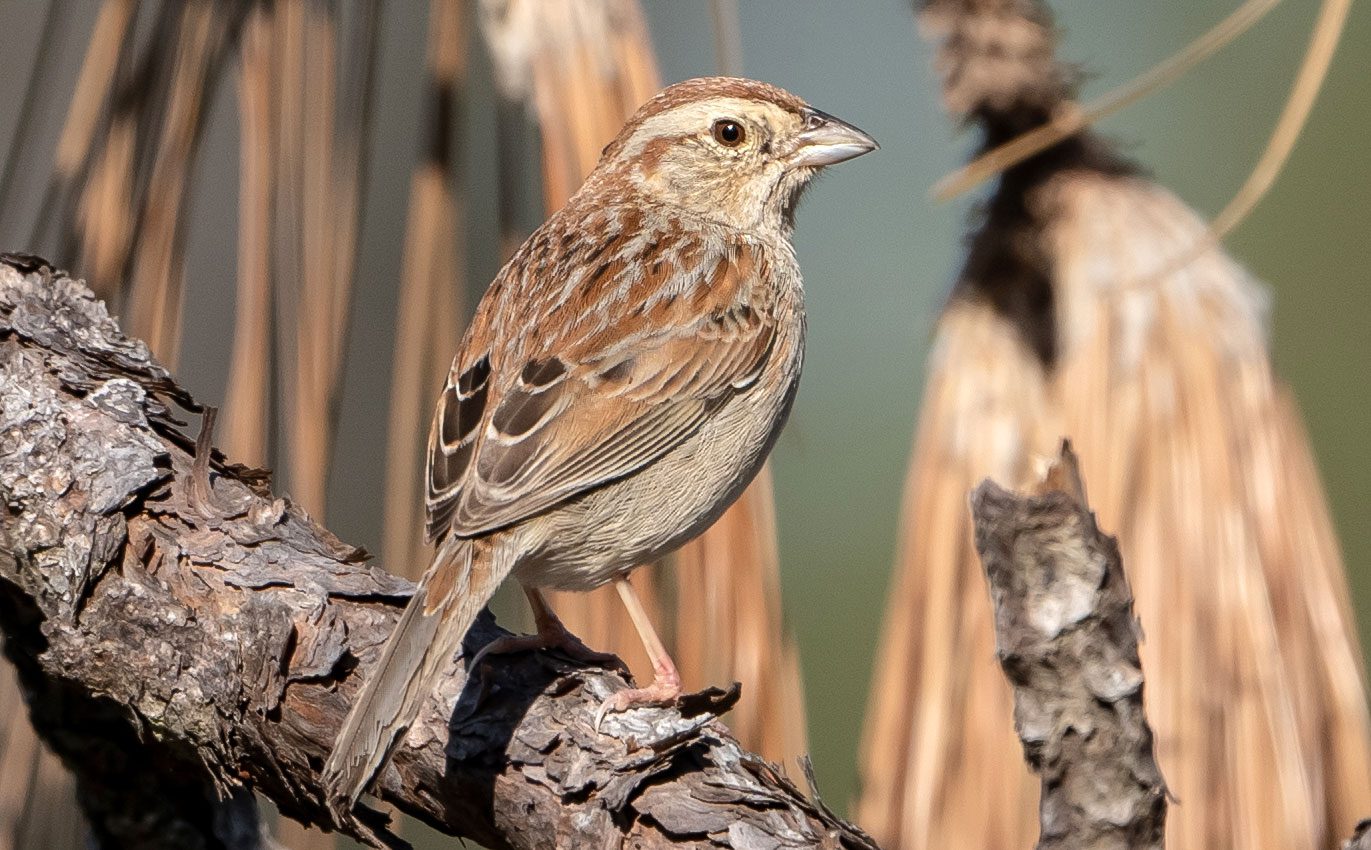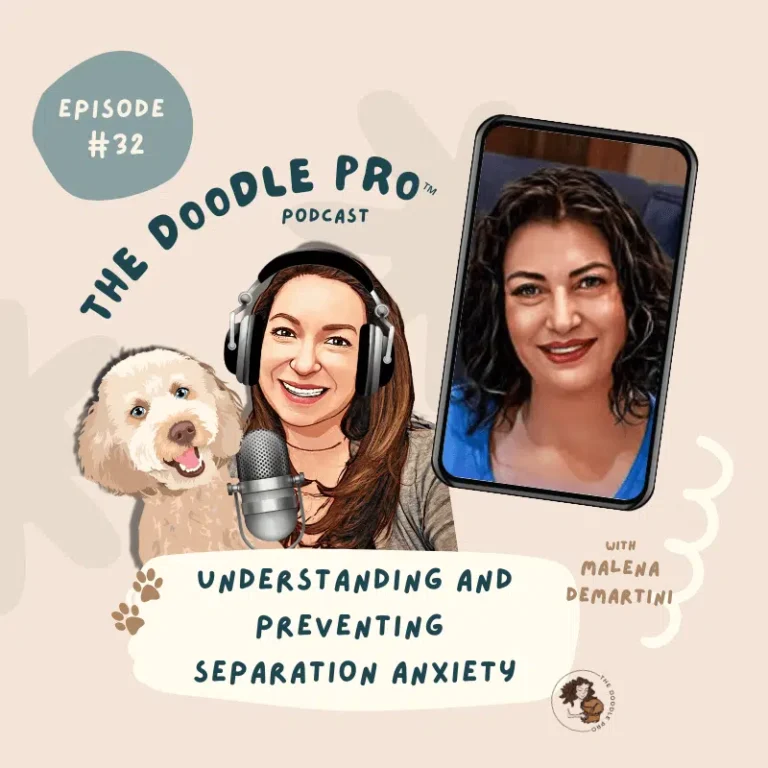Why Do People Hate House Sparrows? Discover the Surprising Truth
Last Updated on May 1, 2024 by Petpalace54
House sparrows are often disliked because they compete with native birds and take over their habitats. House sparrows, also known as “English sparrows,” are small, brown & gray birds native to Europe and Asia.
Why Do People Hate House Sparrows? While sparrows were introduced to North America in the 1850s, their population has since increased exponentially. Despite their cute and harmless appearance, house sparrows are actually quite aggressive and territorial birds. They are also known for their loud & constant chirping, which can be a nuisance to some people.
Additionally, house sparrows are notorious for their tendency to invade & take over other bird species’ nests, further contributing to their negative reputation. However, despite the general dislike for house sparrows, some people still appreciate these birds for their endearing qualities.
Table of Contents
The Rise Of The House Sparrow
The rise of the house sparrow is an interesting yet controversial topic. While many people admire this innocent bird, others despise it. In this blog post, we will explore the reasons behind the widespread hatred towards the house sparrow.
Foundations Of A Species
The house sparrow, also known by its scientific name Passer domesticus, is a small bird that originated in the Middle East. It was first introduced to North America in the 1850s, when a few dozen birds were released in Brooklyn, New York. Since then, the house sparrow population has exploded, & it’s now considered an invasive species in many parts of the world.
House sparrows are hardy birds that adapt well to urban environments. They build their nests in crevices and cracks, such as those found in buildings and bridges. They are also opportunistic eaters, feeding on a variety of foods, including insects, seeds, & even human food scraps.
International Admiration & Spread
Despite being considered a pest in many areas, the house sparrow has a long history of admiration in different parts of the world. In Europe, the house sparrow has been celebrated in literature and folklore for centuries. In India, the bird is considered sacred and is often depicted in artwork and religious texts.
Their widespread admiration led to the intentional introduction of the bird to other parts of the world, such as Australia and North America, as a means of controlling insects. Unfortunately, the house sparrow has a history of causing competition with & even driving out native bird species.
As a result, many people have grown to despise the house sparrow. Some see them as aggressive & territorial, while others are annoyed by their noisy chirping and messy nests. In some areas, the house sparrow’s habit of nesting in buildings has led to damage and even fires.
In conclusion, the rise of the house sparrow from a simple species to an invasive one has come with its challenges. While some people still appreciate the house sparrow for its cultural significance, others view the bird as a pest. We hope this blog post has shed some light on the reasons behind the negative perception of the humble house sparrow.

Credit: medium.com
The Problem
House sparrows, also known as English sparrows, are a bird species that has been the topic of controversy for many years. While some people find these birds cute and harmless, others simply cannot stand them. In fact, the hatred towards house sparrows has sparked numerous discussions & debates, with many asking the question – why do people hate house sparrows?
Bird That Took Over
One of the main reasons that people hate house sparrows is because of their population. They have successfully spread to almost every part of the world, often competing with other bird species for resources along the way. As a result, they are viewed as an invasive species that has disrupted ecosystems & pushed out other native bird species.
The house sparrow is a small bird with brown and gray feathers, and while it is not particularly colorful or exotic, it is adaptable. It can thrive in a variety of environments. Additionally, the bird’s ability to breed rapidly has contributed to its overpopulation, making it even more difficult to control.
Competing For Resources
Another reason that people may hate house sparrows is the fact that they compete with other bird species for resources such as food, nesting sites, & water. House sparrows can be found in large flocks, which can intimidate other birds and drive them out of their own habitats.
Additionally, house sparrows are known to steal the eggs and hatchlings of other birds, making them even more threatening to avian populations. This behavior has led to the perception that house sparrows are aggressive and ruthless, further fueling the animosity towards them.
Human-pigeon Bias
Finally, another factor that contributes to the hatred towards house sparrows is the human-pigeon bias. Pigeons are another bird species that is often found in urban environments and can be just as much of a nuisance as house sparrows. However, while pigeons are generally viewed as harmless and even romanticized, house sparrows are often seen as dirty and unwanted.
This bias has led to the creation of anti-sparrow campaigns, in which people actively try to control and eliminate house sparrow populations. This has included measures such as removing bird feeders and nesting sites, which can harm not only house sparrows but other bird populations as well.
| Why People Hate House Sparrows | Main Points |
|---|---|
| The Bird That Took Over | House sparrows have spread widely across the world, making them an invasive species that can disrupt ecosystems and push out other native bird species. |
| Competing for Resources | House sparrows compete with other bird species for resources such as food, nesting sites, and water. They can behave aggressively, stealing the eggs and hatchlings of other birds. |
| Human-Pigeon Bias | Pigeons are often viewed as harmless and romanticized while house sparrows are considered dirty and unwanted. This has led to anti-sparrow campaigns that can harm other bird populations. |
In conclusion, the hatred towards house sparrows is a complex issue that has many reasons behind it. However, while their overpopulation & aggressive behavior are seen as threats to other bird species and ecosystems, human biases and perceptions play a role in shaping the popular opinion of these birds. It is important to consider all factors before taking action against house sparrows & other bird species.
A Surprising Solution
House sparrows have been a subject of hatred for many people. They are considered to be pests and are accused of many things like spreading diseases, endangering native bird species, & damaging crops. But what if I told you there is a surprising solution that will make you reconsider your thoughts about house sparrows? Here, we will delve into why people hate house sparrows and how it can be solved by looking at their ecosystem necessities and value to falcons.
A Friend To The Falcon
Did you know that house sparrows are actually a friend to falcons? Falcons are known for their deadly prey tactics, and house sparrows provide a source of food for them. These tiny birds contribute to the food chain and help maintain the balance in the ecosystem. They are an excellent source of protein for the falcons, and without them, falcons may face difficulty in finding enough food. By eliminating house sparrows, we may be indirectly causing negative effects on the whole ecosystem.
Ecosystem Necessities
House sparrows play a crucial role in the ecosystem. They are seed dispersers, as they feed on seeds, and they contribute to plant growth. The droppings of house sparrows contain essential nutrients that help fertilize the soil. Moreover, house sparrows provide an essential link in the food chain. They are an important source of nutrition for many predators, such as birds of prey, snakes, and even domestic cats. Eliminating them can cause a significant disruption in the ecosystem.
The solution to the issue of house sparrows lies in understanding their value. Instead of viewing them as pests, we can look at their ecosystem contributions & appreciate their significance in the food chain. Encouraging the growth of plants that house sparrows prefer can lead them to settle in the area, and with a more robust population comes more migration for falcons and other birds of prey. By learning about the ecosystem necessities of house sparrows, we can help protect them & prevent any disruption to our ecosystem.

Credit: www.allaboutbirds.org
The Importance Of Small Birds
Small birds such as house sparrows are often overlooked, but they play an essential role in maintaining the ecosystem. Unfortunately, some people hate house sparrows due to their association with urban environments, but these birds are crucial in pollinating plants & controlling insect populations.
Environmental Indicators
Small birds, such as House Sparrows, are integral environmental indicators as they are sensitive to changes in their surroundings. The availability of food, water, and shelter affects their population growth. Therefore, their presence in our environment is a sign of the ecosystem’s stability. The decline of their population is an alarm for a disturbed ecological balance, indicating a reduction in food sources and habitat destruction. These small birds play a significant role in maintaining our planet’s biodiversity.
Biodiversity Boosters
Small birds also serve as biodiversity boosters, playing a crucial role in pollination, seed dispersal, & insect control. Many wildflowers and plants depend on small birds for pollination. Their daily feeding routine involves consuming a large number of insects, which in turn helps to pollinate other plants that are responsible for producing our food. They also help to regulate insect populations, which if left unchecked, can wipe out crops or cause an ecological imbalance.
In conclusion, small birds such as House Sparrows are crucial to our environment, & we must take steps to ensure their survival. They are not just tiny creatures that fly around our gardens – their importance goes beyond their size. As we continue to protect and conserve our environment, we need to realize the critical role played by every species, including small birds like House Sparrows.
Reconciliation & Rehabilitation
House sparrows, once beloved and well-known, have fallen from grace. As a result, people have developed a negative attitude towards these birds. The acceptance of house sparrows resulted in their reputation decline. However, the blame should not fully be placed on the sparrow’s shoulder. People need to understand that their habitat was jeopardized by urbanization & land use changes in addition to competitive exclusion from non-native bird species.
Championing Cooperation
It’s important to remember that house sparrows are not to blame for their decline. Instead, cooperation between various groups of people who possess different interests is required. We can work together & find a way to promote house sparrow protection and reintroduction efforts. Championing cooperation between conservationists, the public, and governments is the first step toward developing a successful approach to the problem.
Empathetic Understanding
Developing an understanding of the sparrow’s situation is also critical. Instead of blaming the birds, people will understand their behavior and adapt to coexist with them. We must promote ecological literacy among the general public to foster empathy toward the sparrow as well as other urban birds. Rather than eradicating house sparrows, we should come up with ways to incorporate them into urban environments. Through empathy and understanding, the negative attitude towards house sparrows can be reversed.

Credit: www.amazon.com
Frequently Asked Questions On Why Do People Hate House Sparrows
Why Don’t People Like House Sparrows?
House sparrows are considered a nuisance because they are non-native and dominate bird feeders, pushing out other bird species. They also tend to nest in buildings, causing damage, & are known to be aggressive towards other birds.
Why Do People Want To Get Rid Of Sparrows?
People want to get rid of sparrows because they are considered pests and can cause damage to crops and buildings. They also compete with other native species for food and nesting resources. Some people also view them as noisy & messy.
Is It Bad To Have House Sparrows?
No, it is not bad to have house sparrows. They are harmless birds that can bring joy to your backyard. However, they can become a nuisance if their population grows too large or they start to damage your property. It’s important to make sure they are properly managed to prevent any potential issues.
What Problems Do House Sparrows Cause?
House sparrows can cause problems by damaging crops and gardens, & by defacing homes and buildings with their droppings. They may also transmit diseases to humans and other animals. Their aggressive behavior can also pose a threat to other bird species, leading to a decrease in biodiversity.
Conclusion
The house sparrow is a misunderstood bird. We Discovered the Surprising Truth on Why Do People Hate House Sparrows? Generally, they may be invasive & push out other species, but blaming them for the decline of native bird populations is an oversimplification. Understanding the larger factors affecting these bird populations is crucial before pointing fingers.
Finally, by learning more about the ecology and behavior of these birds, we can work towards finding solutions that benefit not just the house sparrows, but all birds in our urban landscapes.




